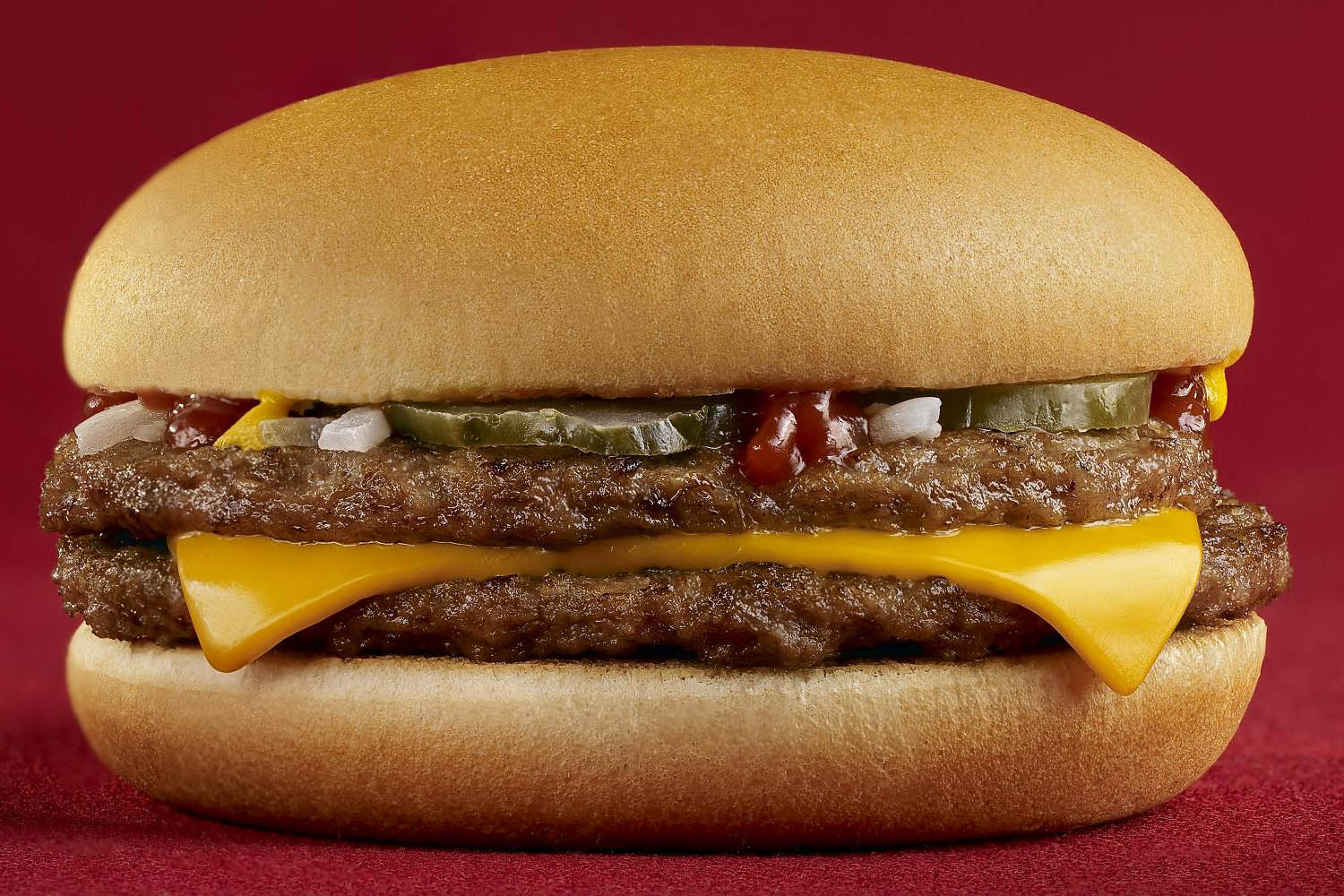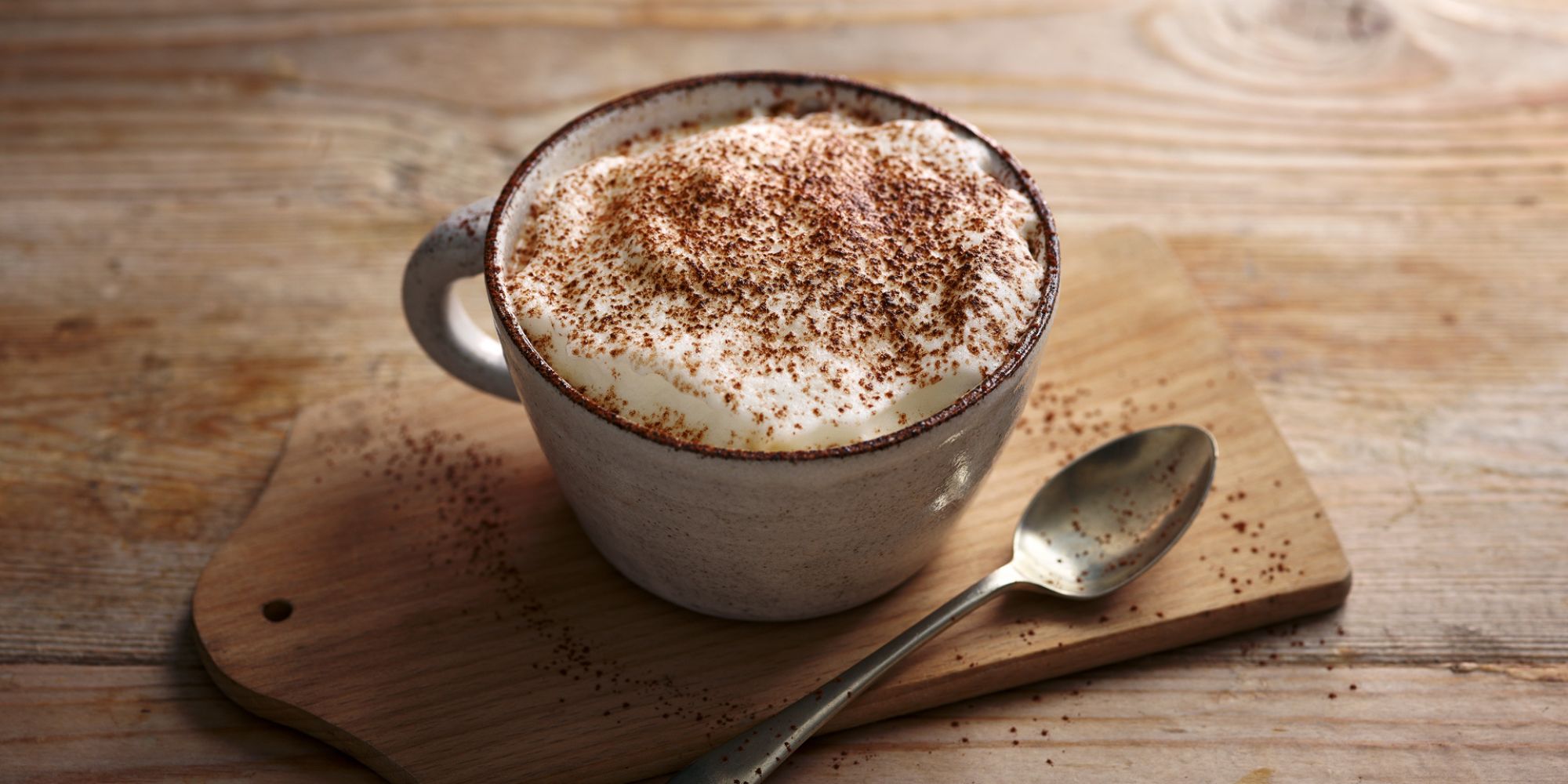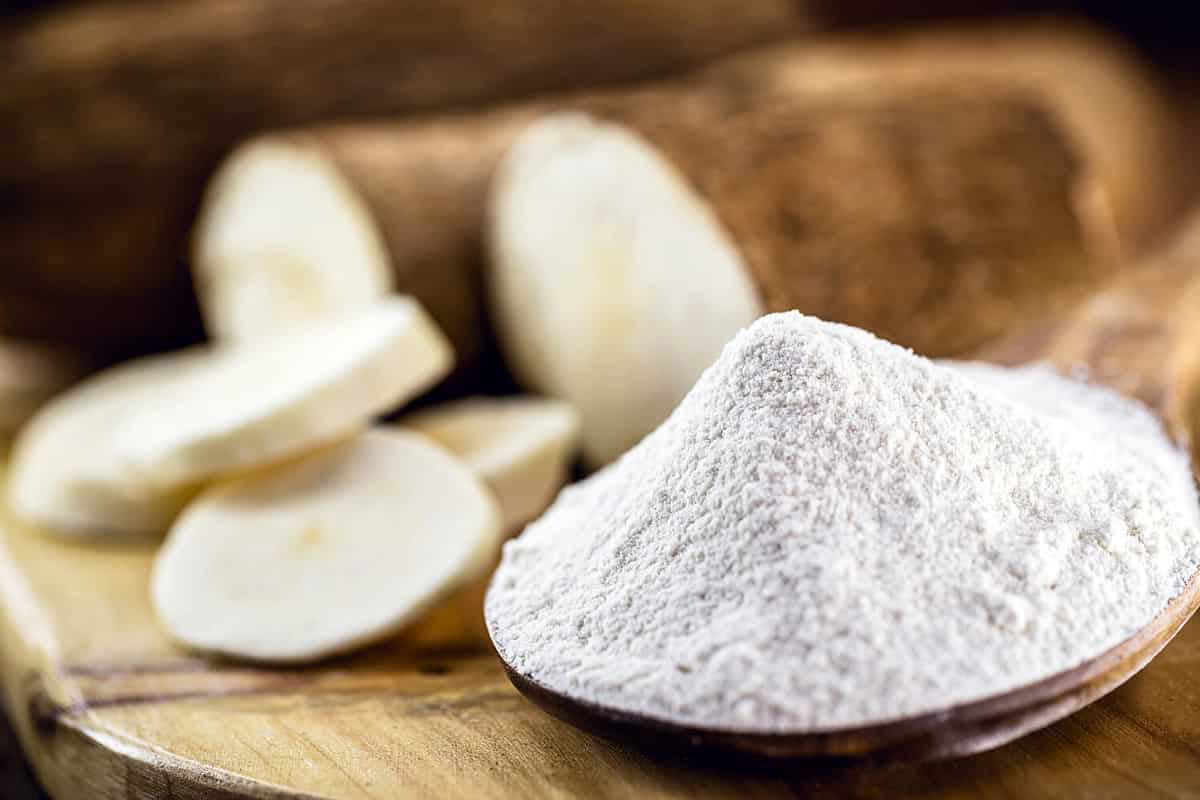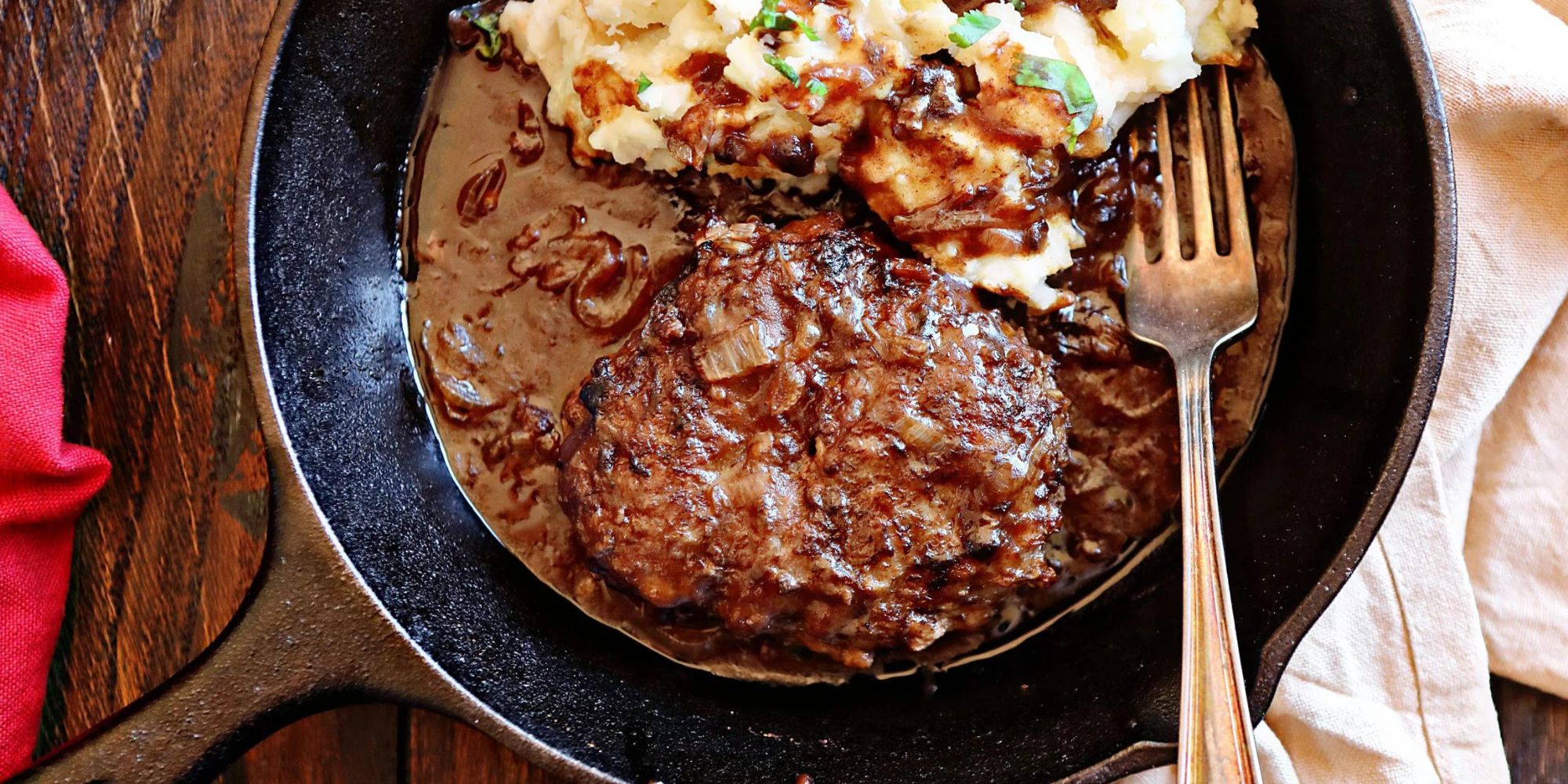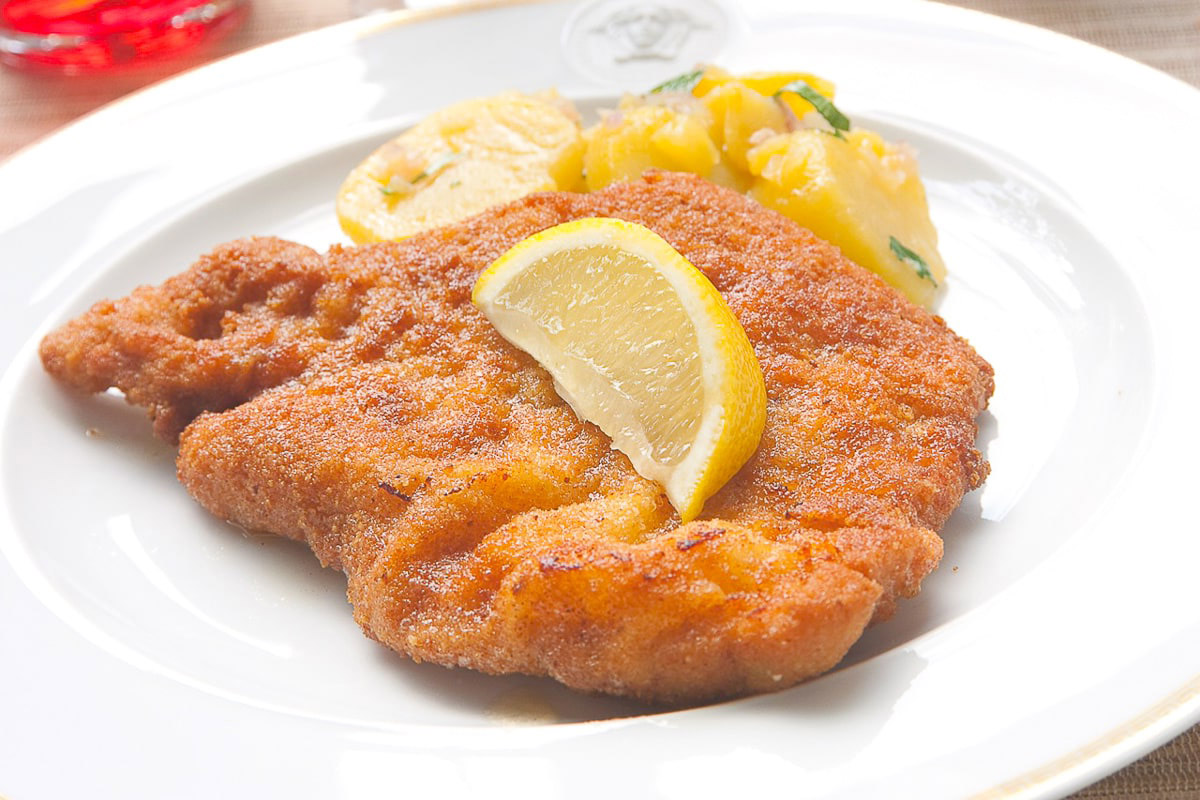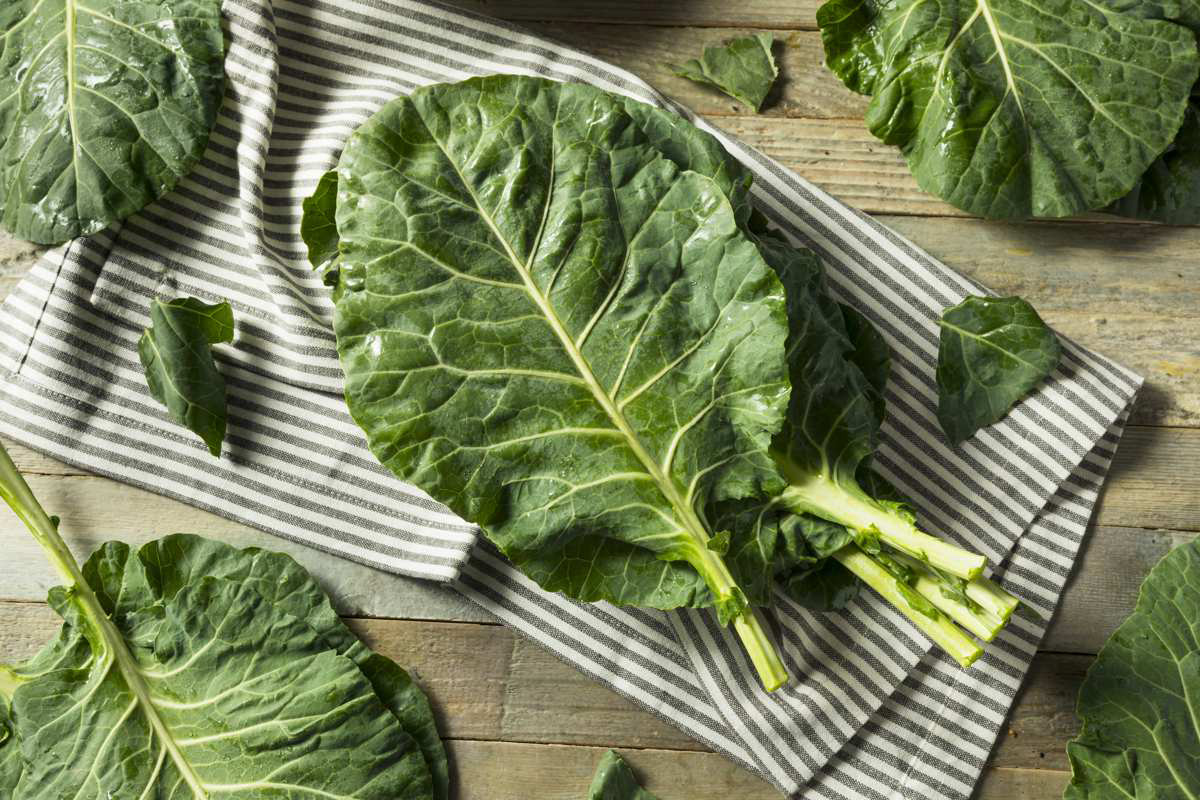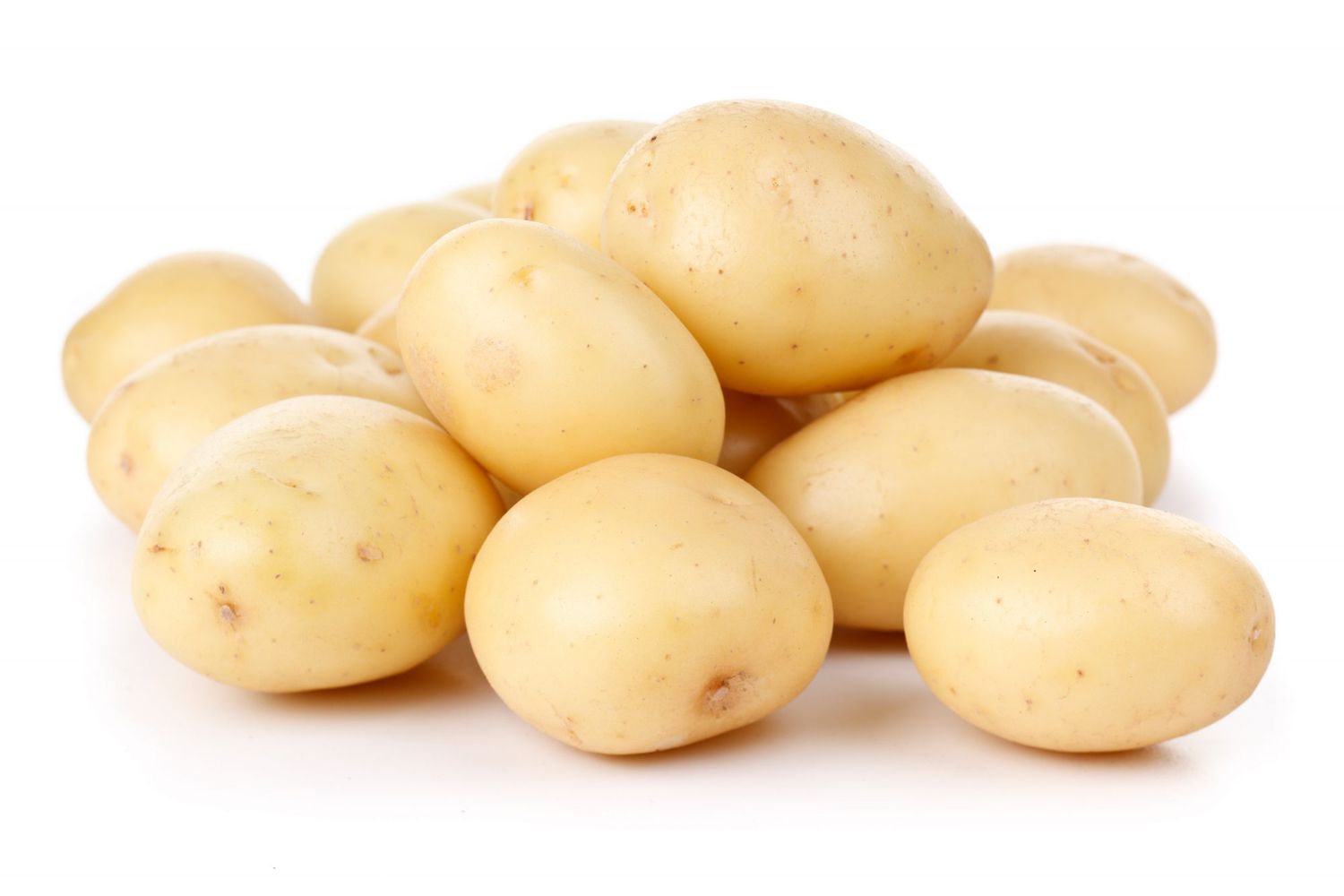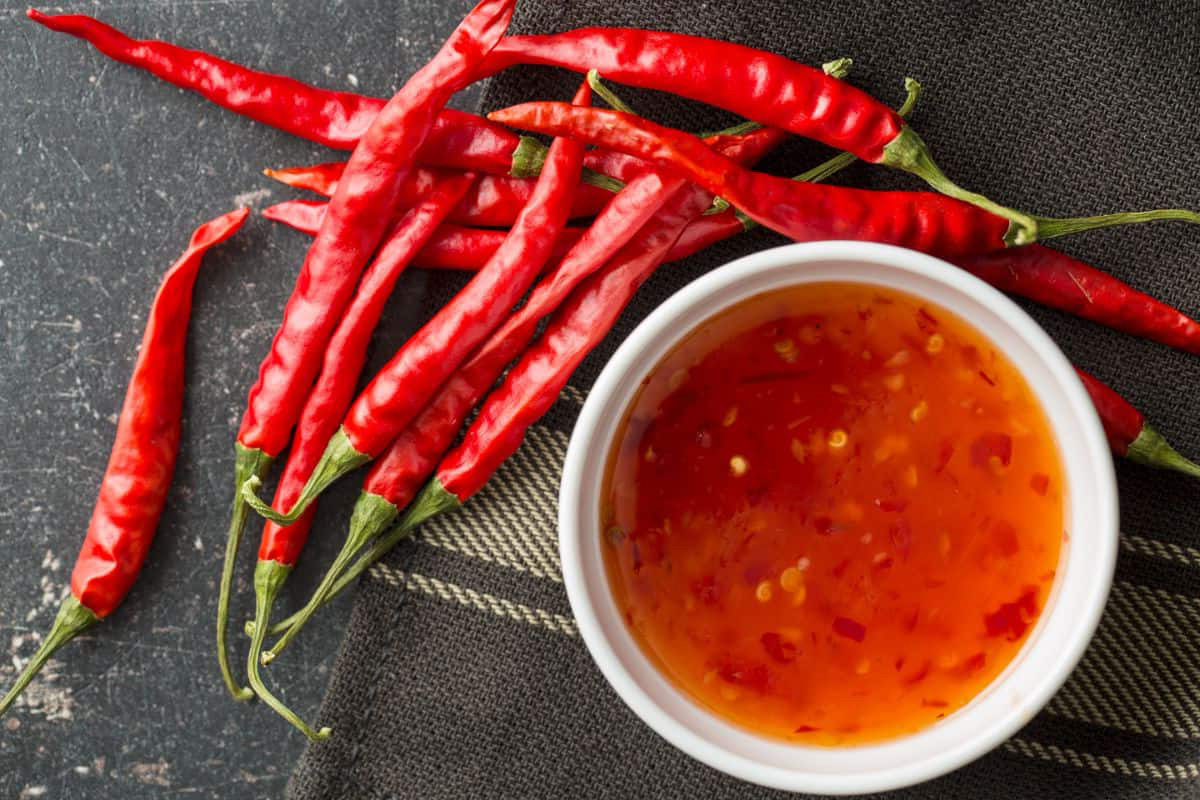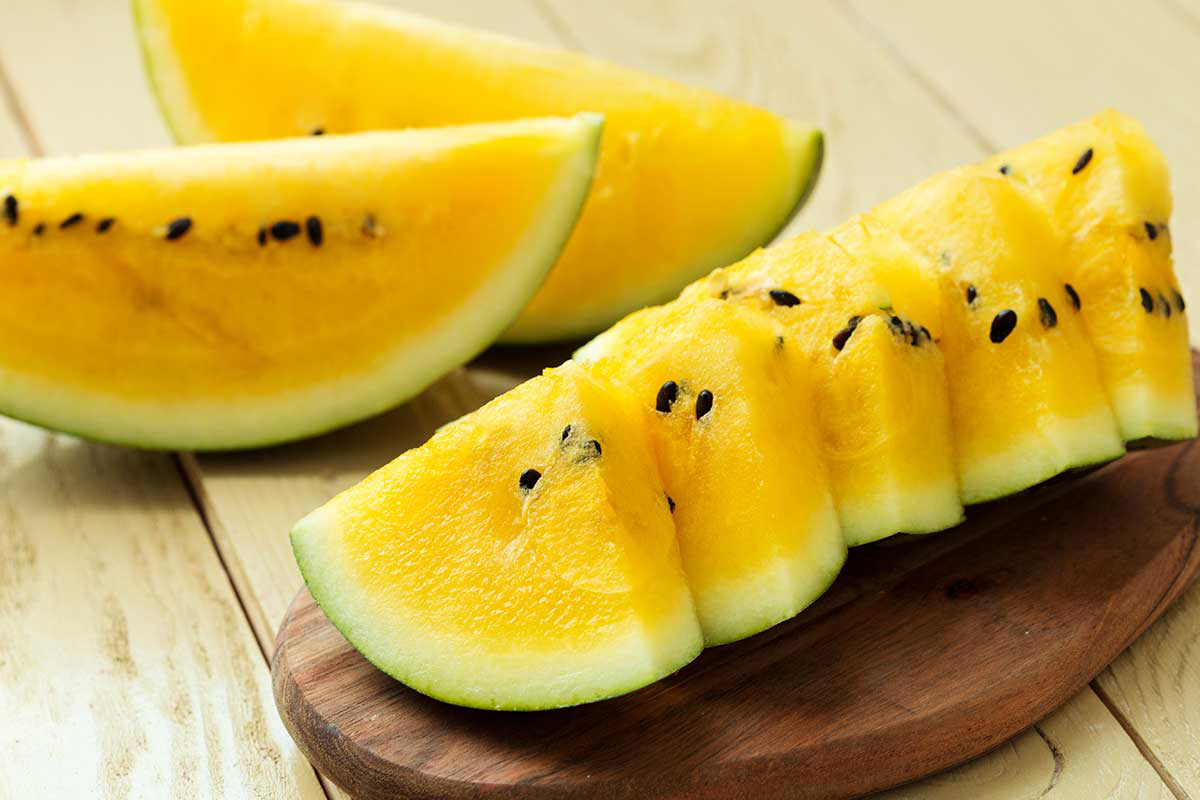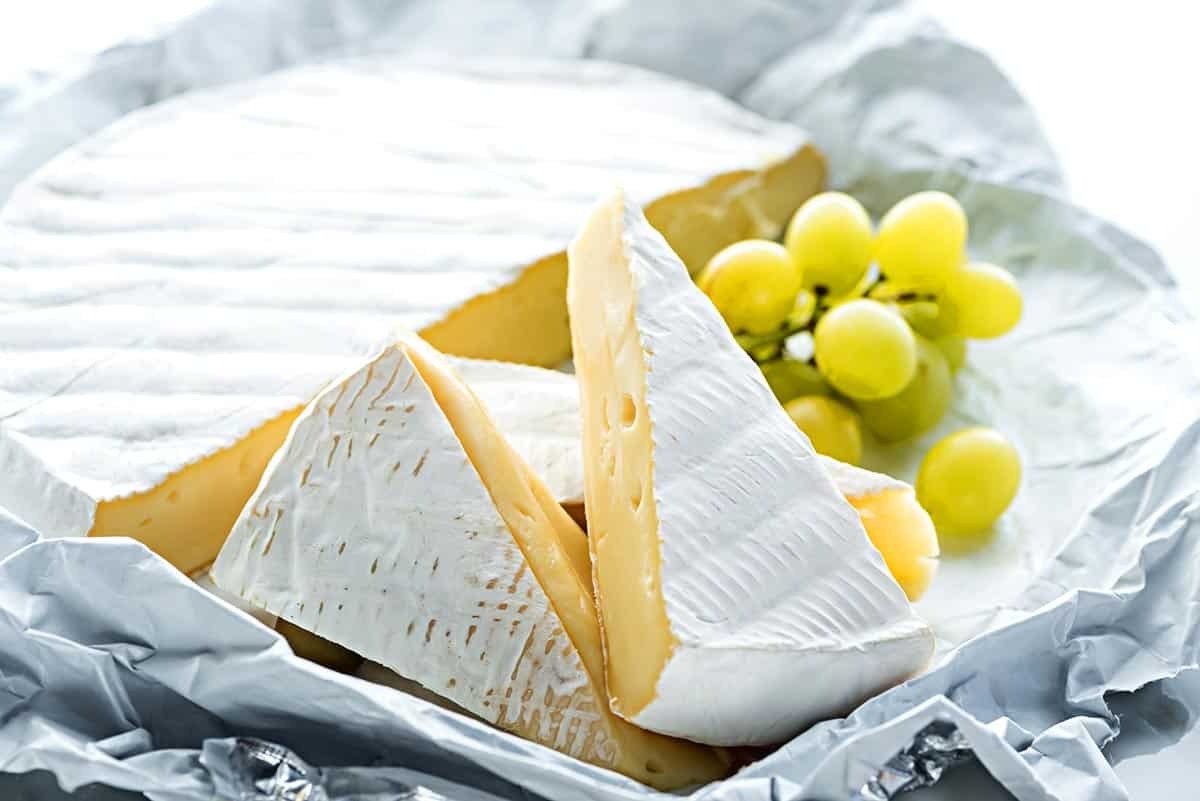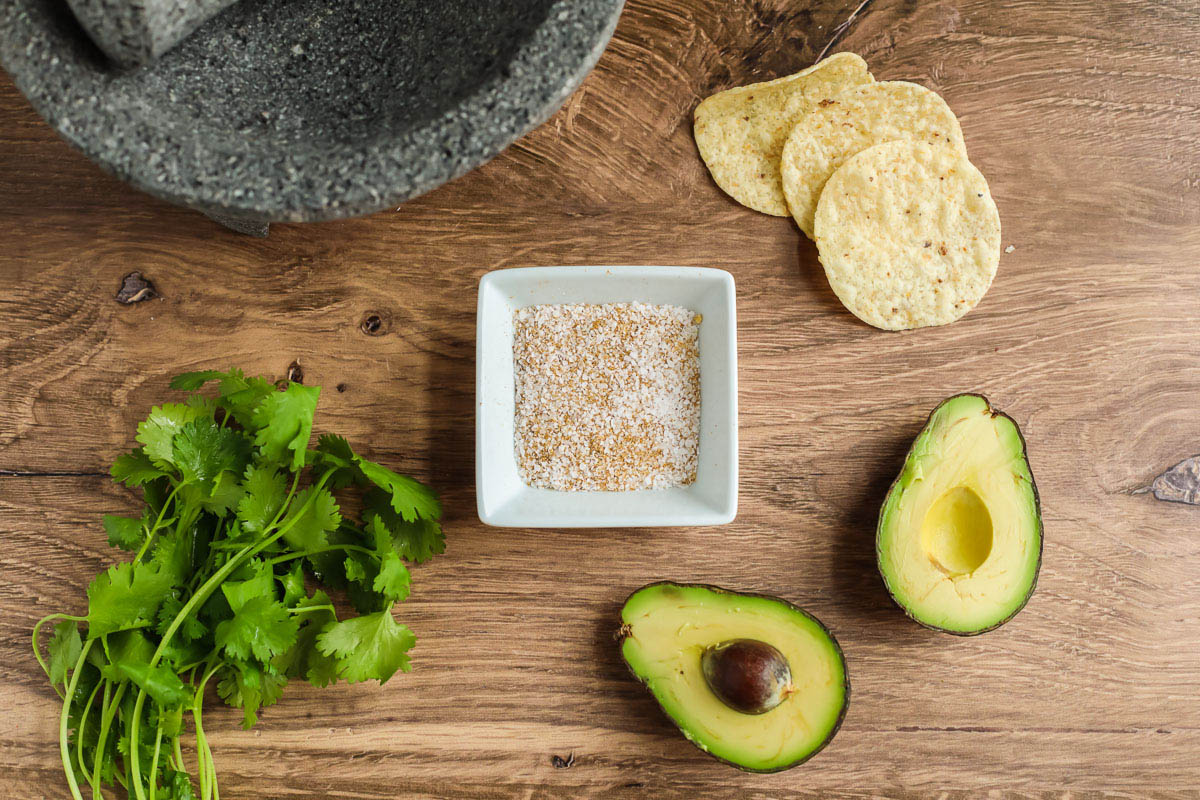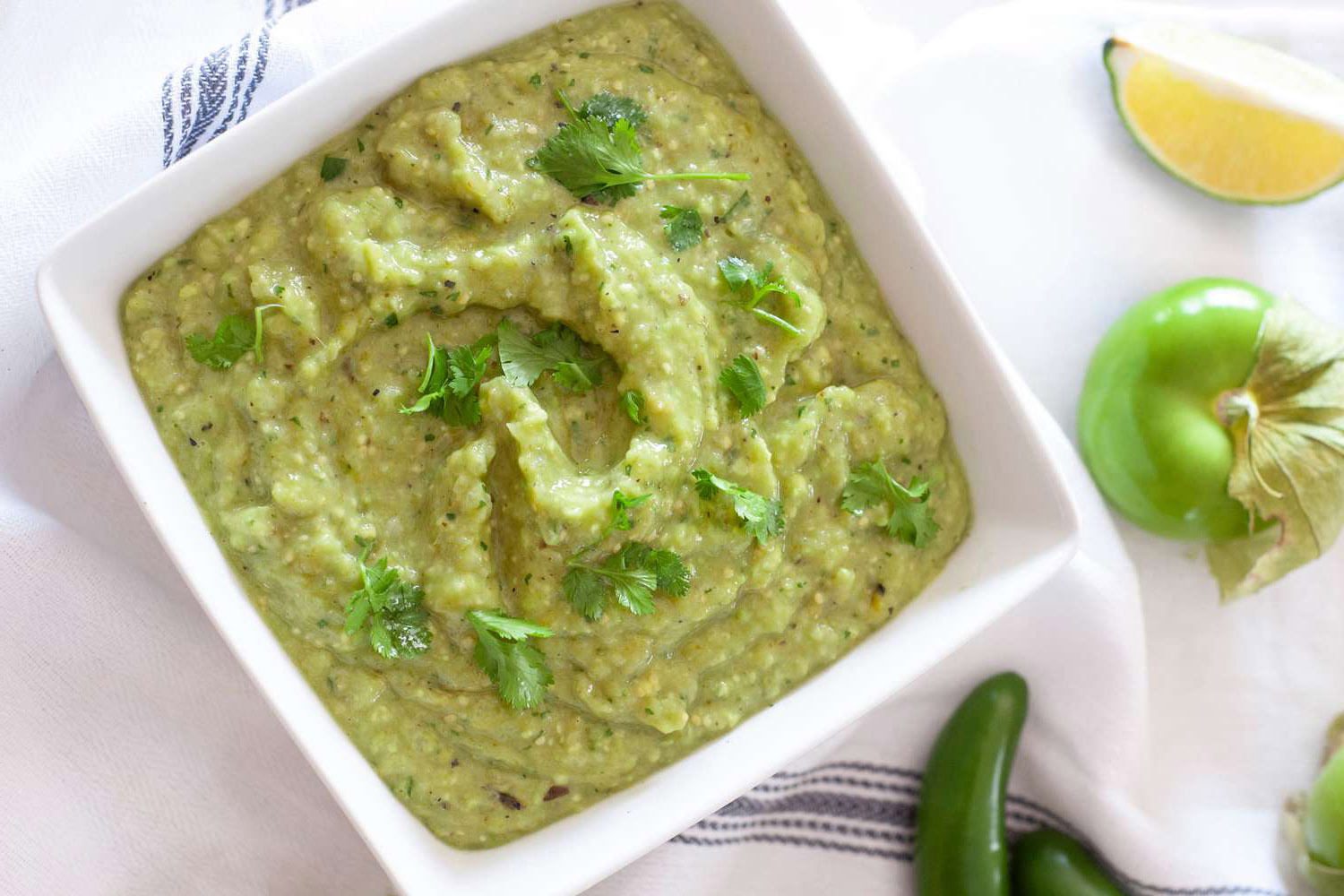Understanding the Perfect Cooking Temperature for Salmon
Salmon is a delicious and nutritious fish that is loved by many. Whether you are grilling, baking, or pan-searing, achieving the perfect cooking temperature is crucial to bringing out the best flavors and textures in this delectable fish. So, what is the ideal cooking temperature for salmon? Let’s dive in and explore the best ways to cook salmon to perfection.
Grilling Salmon
Grilling is a popular method for cooking salmon, as it imparts a smoky flavor and crispy exterior while keeping the fish tender and moist on the inside. When grilling salmon, the ideal cooking temperature is 375°F (190°C). This temperature allows the salmon to cook evenly without drying out, resulting in a perfectly flaky and flavorful dish.
Baking Salmon
Baking is another fantastic way to cook salmon, especially when you want to infuse it with complementary flavors. The recommended cooking temperature for baking salmon is 400°F (200°C). At this temperature, the salmon cooks gently and retains its natural juices, resulting in a moist and succulent texture.
Pan-Searing Salmon
If you prefer a crispy skin on your salmon, pan-searing is the way to go. To achieve the perfect golden crust while ensuring the fish is cooked to perfection, the ideal cooking temperature for pan-searing salmon is 425°F (220°C). This high heat allows the skin to become crispy while the flesh remains tender and flaky.
Key Tips for Cooking Salmon
When cooking salmon, it’s essential to keep a few key tips in mind to ensure the best results:
- Always start with fresh, high-quality salmon for the best flavor and texture.
- Season the salmon with your favorite herbs, spices, and a drizzle of olive oil to enhance its natural taste.
- Use a meat thermometer to check for doneness. The internal temperature of properly cooked salmon should reach 145°F (63°C).
- Allow the salmon to rest for a few minutes after cooking to let the juices redistribute, resulting in a more flavorful dish.
Experimenting with Flavors
While the ideal cooking temperatures mentioned above serve as a great starting point, don’t be afraid to experiment with different flavors and cooking techniques to find what suits your palate best. Whether you prefer a simple lemon and herb seasoning or a spicy glaze, there are endless possibilities for creating mouthwatering salmon dishes.
So, the next time you’re preparing salmon, keep these cooking temperatures in mind and get ready to enjoy a delicious and perfectly cooked meal. Whether you choose to grill, bake, or pan-sear, achieving the ideal cooking temperature will elevate your salmon dishes to new heights of flavor and tenderness.
Happy cooking!
Was this page helpful?
Read Next: What Is Vaca Frita?
